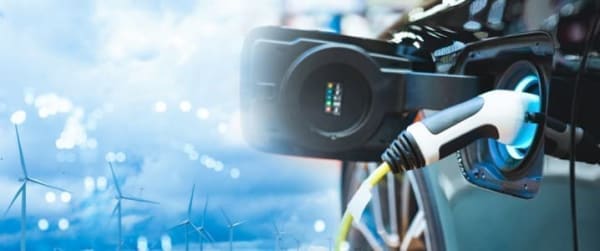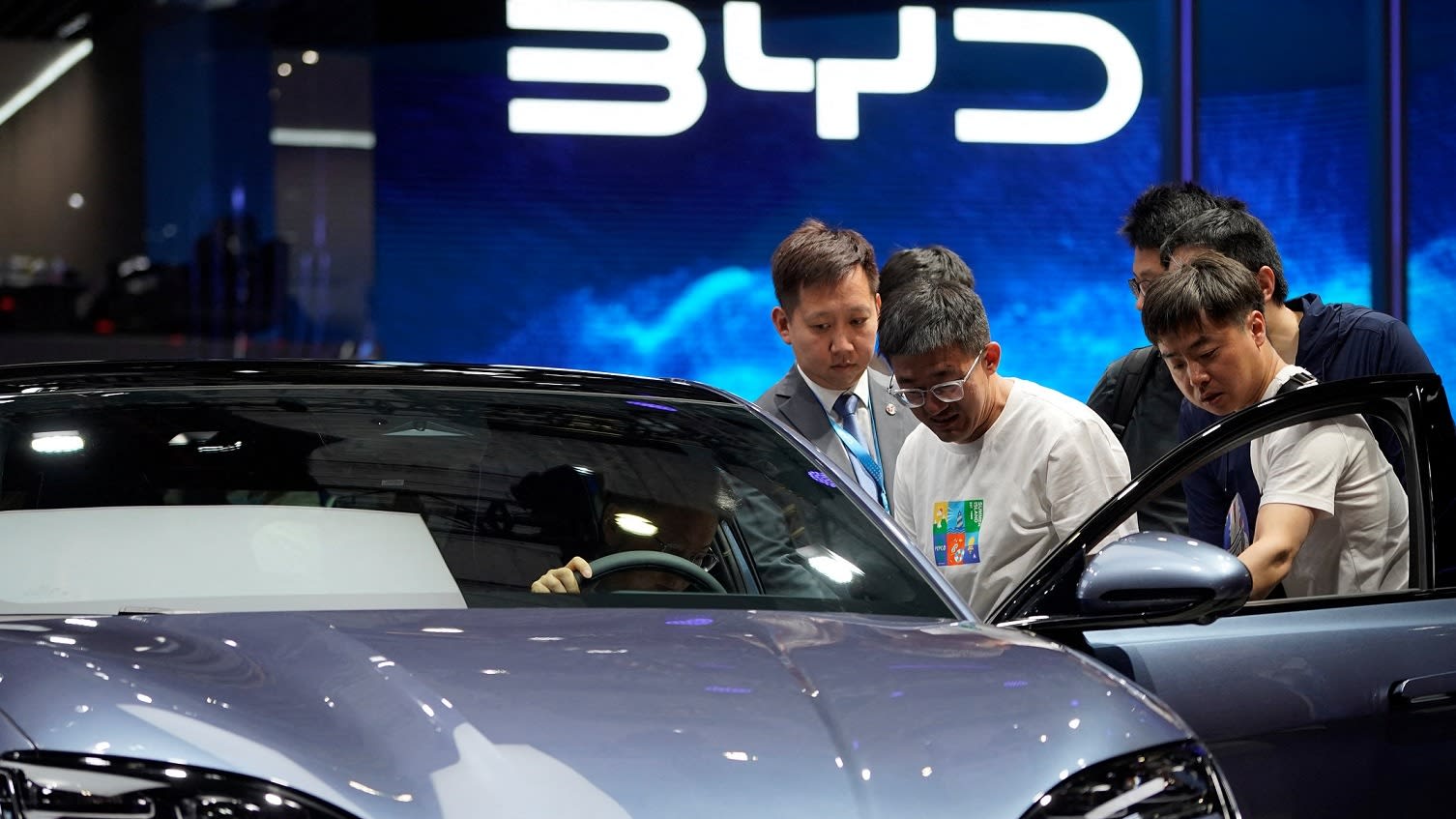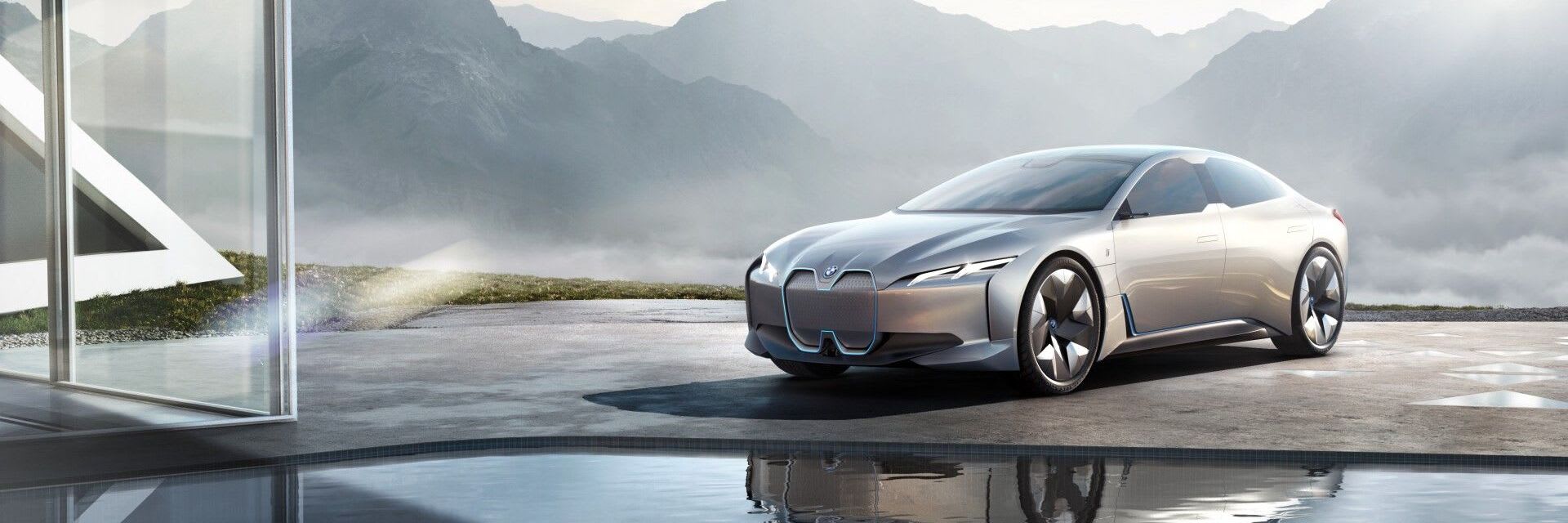The Electric Vehicle Shake-up: European Automakers Brace for Turmoil
The automotive industry is on the cusp of a transformative era, driven by the rapid adoption of electric vehicles (EVs). As governments implement stricter emission regulations and consumers embrace more environmentally friendly options, European automakers are facing unprecedented challenges and opportunities. This article explores the impending EV turmoil, its potential impact on European automakers, and the strategies they are adopting to navigate the turbulent waters ahead.

The EV Tide: Rising and Unstoppable
Global EV sales are skyrocketing, with projections indicating a surge to 35 million units by 2025. This exponential growth is fueled by a host of factors, including government incentives, technological advancements, and growing environmental consciousness among consumers. Europe, in particular, is poised to become a major EV hub, with ambitious targets for decarbonization and a favorable regulatory environment.

Key Challenges for European Automakers
The EV revolution presents several major challenges for European automakers:
* Production Capacity and Supply Chain Constraints: Automakers must ramp up EV production to meet soaring demand while ensuring access to critical raw materials like lithium and cobalt. Supply chain vulnerabilities can disrupt production and lead to delays.
* Battery Technology and Costs: The high cost of EV batteries remains a significant barrier to widespread adoption. Automakers are investing heavily in research and development to improve battery efficiency and reduce production costs.

* Charging Infrastructure: The availability and accessibility of charging infrastructure are crucial for EV adoption. European governments and private companies are collaborating to expand charging networks, but challenges remain in providing sufficient coverage and interoperability.
* Consumer Acceptance and Affordability: While consumer interest in EVs is growing, concerns over price and range anxiety persist. Automakers must address these issues by offering affordable models and improving EV capabilities.
Strategic Adaptations and Industry Consolidation
To thrive in the EV era, European automakers are implementing a range of strategic adaptations:
* Investment in EV Development: Automakers are pouring billions into new EV platforms, battery research, and charging infrastructure.
* Partnerships and Joint Ventures: Partnerships are becoming increasingly common as automakers seek to share costs and expertise in EV development.
* Consolidation and Acquisitions: The automotive industry is witnessing a wave of mergers and acquisitions as companies seek to scale up their EV capabilities and secure access to technology.
* Software and Connectivity: Automakers recognize the importance of software and connectivity in the EV era, investing in digital platforms and autonomous driving technologies.
The Impact on Traditional Automakers
The EV transition will have a profound impact on traditional automakers:
* Rethink of Business Models: Automakers may need to shift from a focus on hardware sales to a subscription-based or mobility-as-a-service (MaaS) model.
* Job Displacement: The automation of manufacturing processes and the decline in demand for combustion engine vehicles could lead to job losses in the automotive sector.
* Vulnerability to Disruption: New entrants from the technology sector, such as Tesla, pose a significant threat to established automakers if they fail to adapt to the EV era.
Opportunities for New Entrants
The EV transition also presents opportunities for new entrants:
* Tech Companies with EV Expertise: Technology companies with expertise in battery technology, software, and connectivity have the potential to disrupt the automotive industry.
* Startups and Niche Players: Small companies and startups can focus on specific segments of the EV market, such as electric commercial vehicles or urban mobility solutions.
* Vertical Integration: Companies that control the entire EV value chain, from battery production to charging infrastructure, can gain a competitive advantage.
Government Role and Policy Implications
Governments play a crucial role in shaping the EV transition through:
* Emission Regulations: Stringent emission regulations are driving the shift towards EVs by making combustion engine vehicles less attractive.
* Financial Incentives: Governments offer financial incentives such as tax breaks and subsidies to encourage EV adoption.
* Infrastructure Investment: Governments are investing in charging infrastructure to support the growth of EV ownership.
* Research and Development Support: Governments provide funding for research and development in EV technologies to accelerate innovation.
The impending EV turmoil will shake up the European automotive industry, presenting significant challenges and opportunities for both established automakers and new entrants. Automakers must adapt their business models, invest in EV development, and collaborate to navigate the transition successfully. Governments have a crucial role to play in supporting the EV ecosystem through regulations, incentives, and infrastructure investment. The future of the automotive industry hinges on the ability of companies and policymakers to embrace the EV revolution and shape a sustainable and innovative transportation system.
